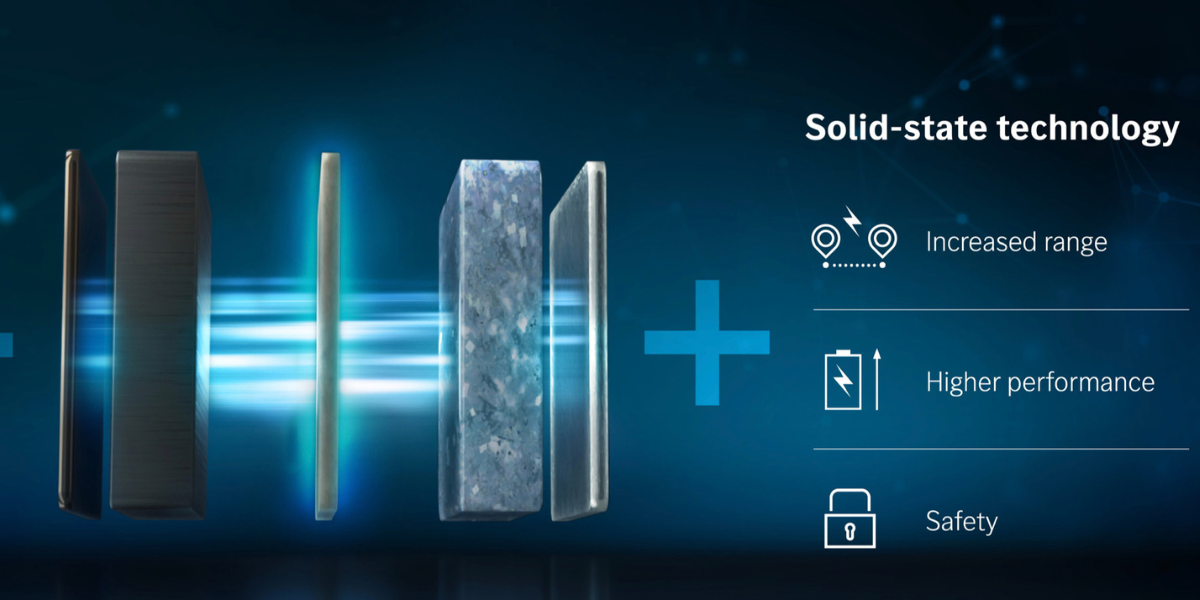Wireless charging: the future is now!
The spread of BEVs is leading experts to study better and faster solutions in terms of recharge. The most recent and innovative is the wireless charging system, a dual system that allows the BEVs to recharge both on roads specifically built with a grid that recharges them as they pass (wireless dynamic charging), and in charging stations where the BEVs do not need of charging cables but simply in wireless mode (stationary wireless charging).
Wireless charging roads
The new wireless electric roadways will make it possible to charge EVs while driving and positively impact the environment and businesses. Due to their significant advantages in time savings and decreased strain on the current power infrastructure, wireless charging highways outfitted with energy storage devices are potential electric vehicle solutions.
Over the past ten years, the electric vehicle (EV) sector has seen impressive growth and technological advancement. By 2030, sales of light-duty vehicles are predicted to be made up of 48%, 42%, and 27% EVs in China, Europe, and the United States. For wireless charging road systems to be successfully implemented, they must be integrated into the current power market and managed effectively in conjunction with the related energy storage system.
The effective management of the energy storage system lowers the overall energy costs of the wireless charging infrastructure and the strain that wireless charging places on the current power grid. 2.61% and 15.34% less money is spent on energy, respectively. The hybrid traffic assignment determines the traffic flow across a road network made up of wireless charging lanes and regular traffic lanes for certain journeys. In the given power grid, the extended direct current optimal power flow (DCOPF) determines the best ways to move electric energy between the generation resources, load centres, and wireless charging highways. By effectively controlling the output of the energy storage system, the control strategy aims to reduce the energy costs of wireless charging roads. Therefore, powered roads may reduce the need for large-sized batteries in EV applications. The complete dynamic wireless power transfer (DWPT) system must be designed critically if maximum power from the ground surface to the vehicle is to be transferred. The system's power transfer rate is influenced by a number of variables, including wireless charging pads, power electronic converters, compensators, and controllers. The system is helped by a suitable impedance-matching network for transferring electricity. Additionally, the delicate misalignment tolerance, safety concerns, sophisticated design, and economic considerations must be taken into account while designing coils for DWPT.

Innovative technology sourced from Israel and the U.S.
The architecture of the system is built for widespread application. The same technique may be used to charge dozens of vehicles at once without putting additional strain on the electric grid. Infrastructure implementation is rapid and simple, and up to one mile of wireless electric road can be laid in one night, claim the two primary businesses developing a wireless charging system, which are based in Israel and the United States. The absence of visual consequences and minimum real estate needs and building modifications result from covert subsurface installation. The innovation boosts the use of electric vehicles while decreasing charging wait times and removing range anxiety.
Smaller battery sizes allow for lighter, more affordable, and environmentally friendly automobiles with more room for passengers and luggage. Wireless electric road systems have several advantages, including no fuel costs, emission reduction, increased operational hours, cost-effective solutions, reduction of traffic congestion and pollution, and accelerated corporate adoption of electric vehicles. Additionally, the Israeli business is bringing its electric vehicle charging infrastructure to the Scandinavian and American markets. This will be the nation's first public EV charging lane that is also a regular road in the area of Michigan's iconic Central Station. The firm partnered with one of Finland's biggest suppliers of charging infrastructure services for electric vehicles in order to join the Finnish market.
Stationary wireless charging
The demand for charging stations is anticipated to rise dramatically in the near future as electric vehicle usage rises. The on-the-go wireless electric vehicle chargers can meet the demand and offer range extension since the plug-in charging stations require longer charging times.
The wireless charging system is based on the transmission of energy from a power source to a consuming item without wires or cables and has extensive applications for automotive as well as commercial use. Electric vehicle power and charging are made possible by dependable, practical, and secure technology. By doing away with physical connectors and cords, it also offers advantages over conventional charging systems that are effective, affordable, and safe.
The market size for wireless electric vehicle charging is anticipated to grow along with the trend and attention toward autonomous ridesharing, making it the most practical choice for OEMs or autonomous fleet operators. The market for wireless EV charging is expected to grow as OEM use increases. However, the market's expansion is anticipated to be constrained by the pricey technology required for its integration and slower charging compared to other charging technologies. Based on the power source, charging techniques, installation, distribution channel, vehicle type, and geography, the wireless electric car charging market is divided into segments.

Based on the required power output for wireless charging, the power source segment is further segmented as 3- to 11-kW, 11- to 50-kW, and > 50-kW. The market is divided into four categories based on the charging techniques: inductive power transfer, resonant inductive power transfer, magnetic gear wireless power transfer, and capacitive wireless power transfer. Based on the installation, both residential and commercial installation options are covered.
The market is divided into OEMs and aftermarkets based on the distribution channel. The market is further segmented by vehicle type into commercial electric vehicles, battery electric vehicles, and plug-in hybrid electric vehicles (PHEV).



